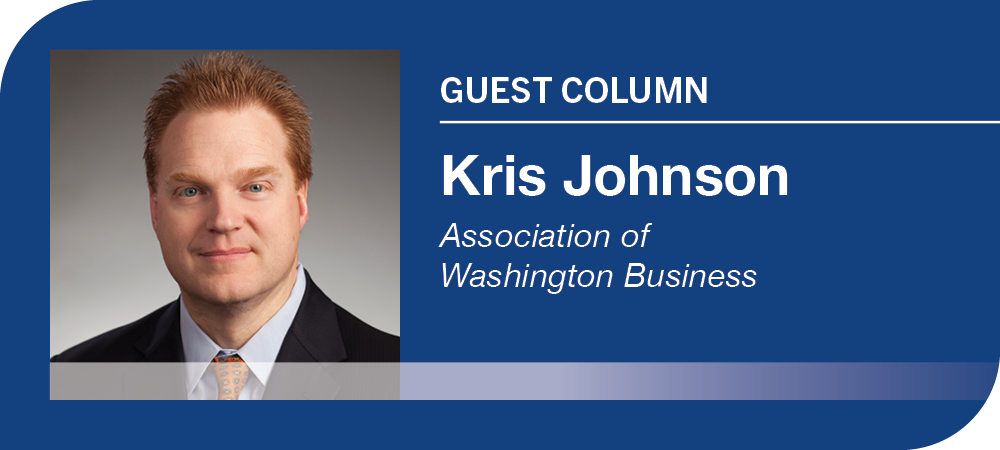
Home » New data offers a glimpse of Washington’s nascent pandemic recovery
New data offers a glimpse of Washington’s nascent pandemic recovery

August 12, 2021
In the fourth quarter of 2020, retail sales came roaring back in Wahkiakum County. The small county in southwest Washington saw nearly a 30% jump in taxable quarterly sales compared to the previous year.
On the opposite side of the state, Lincoln County reported a little more than 25% quarterly growth during the same period.
Benton County reported more modest quarterly growth at nearly 2%, and Franklin County more than 6% during the same period.
These rural counties helped contribute to a statewide increase in taxable sales of 3.18% during the final quarter of 2020, but they also highlighted the uneven nature of the recovery. While some counties were growing rapidly, others — including King, Lewis, Grant, Ferry and Columbia — all reported negative quarterly growth in taxable retail sales.
All these numbers — and many more — are available at the AWB Institute’s website on a dashboard called the Vitals. The Vitals track Washington’s progress in 34 diverse categories, everything from population growth and internet availability to median home value and high school graduation rates.
The dashboard is unique because it provides data down to the county level, giving a more granular view of the state’s economic health than other dashboards. As Washington continues to emerge from the pandemic, the Vitals will help tell the story of our state’s recovery.
Already, the Vitals are providing interesting snapshots, such as the strong sales growth in Wahkiakum and Lincoln counties compared to the rest of the state.
Recently updated numbers also reveal the Class of 2020 did an admirable job adjusting to distance learning. The 5-year graduation rate for the Class of 2020 was 83.9%, up slightly from the Class of 2019. Whitman County reported the highest graduation rate in the state with 94%, followed closely by Kittitas County at 92.76%.
The Vitals also show which parts of the state are gaining and losing population, and it’s easy to see the effects of the pandemic. One of the data sets — Residual Net Migration — shows the counties that went backward during the pandemic include Whitman, Walla Walla, Kittitas and Whatcom. What’s one thing they all have in common? They all have colleges, where many students either skipped a year or attended class virtually from their home towns.
Another category, Median Household Income, shows pre-pandemic incomes rising in the Puget Sound, but also in places such as Clark County, Grays Harbor County, Chelan County and Clallam County. This data set, using numbers from 2019, will be an important one to watch as the numbers are updated to reflect activity during and after the pandemic.
The Vitals are an important part of something called “Washington in the Making,” an initiative launched by the AWB Institute aimed at creating lasting prosperity for all people and all communities throughout Washington.
After the last recession, parts of Washington’s economy recovered fully while other areas, particularly in rural parts of the state, were left behind. Washington in the Making aims to prevent that kind of uneven recovery from occurring this time. Early access to granular data, at the county level, can help local and state leaders spot trends and intervene with policy that will help move the state forward.
Some geographic areas were disproportionately hurt during the last recession, and now it’s specific industries that were hit especially hard, such as restaurants, travel, aerospace and anything that relies on in-person gatherings.
Ensuring a full and equal recovery, across all sectors and all geographic areas, will require a long-term commitment. The Vitals, and their ability to tell nuanced and varied versions of Washington’s recovery story is, indeed, vital to the effort.
For more information, go to wbinstitute.org.
Kris Johnson is president of the Association of Washington Business, the state’s chamber of commerce and manufacturers association.
Opinion
KEYWORDS august 2021




